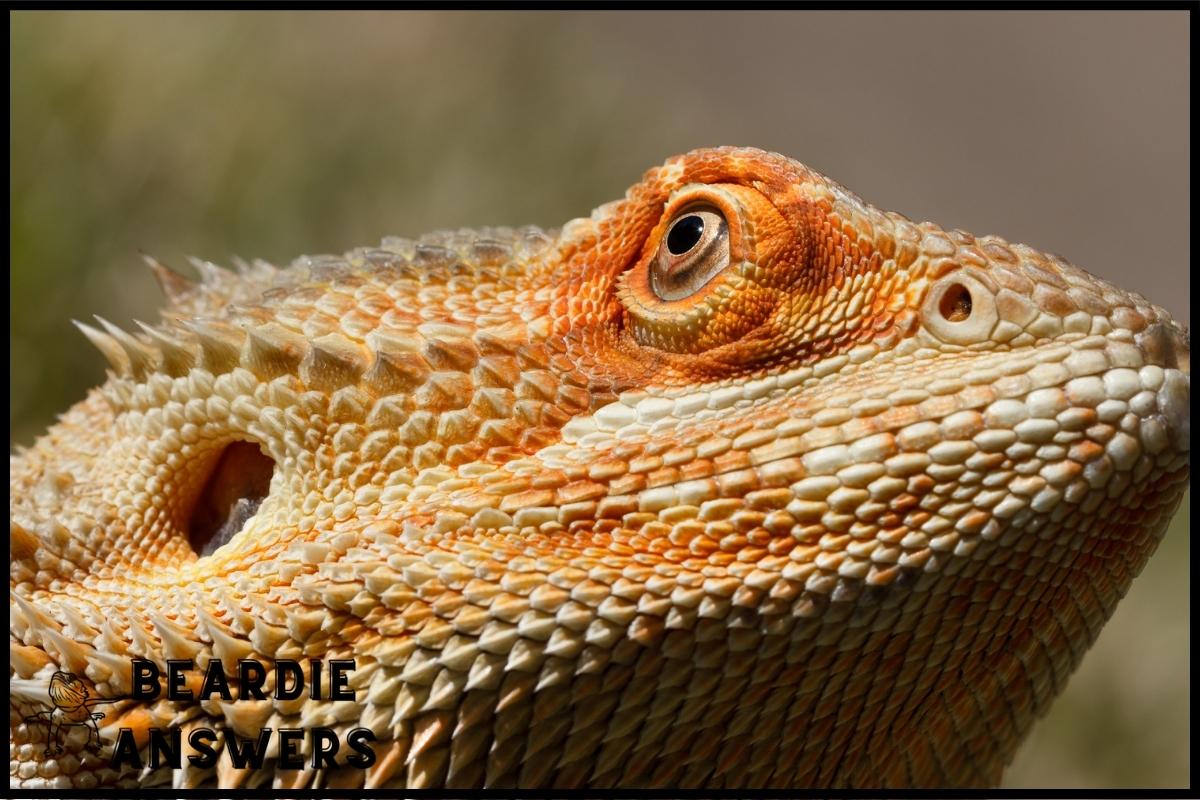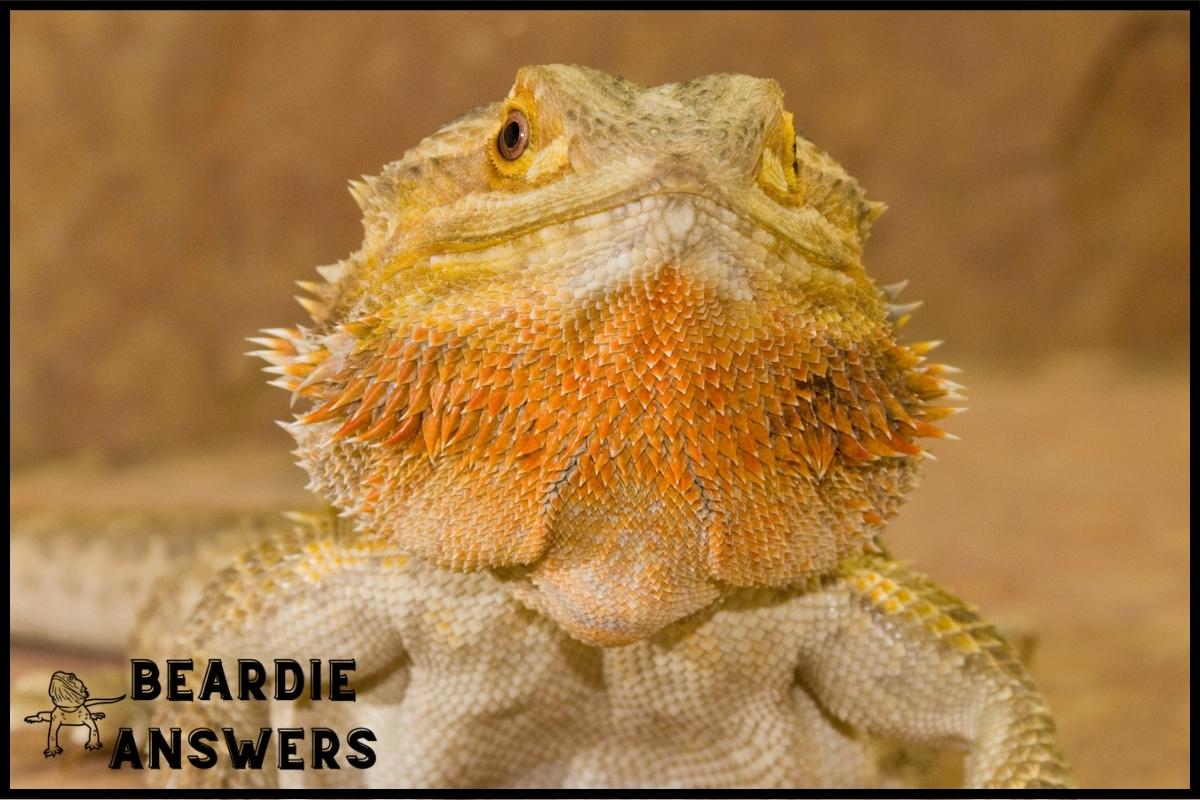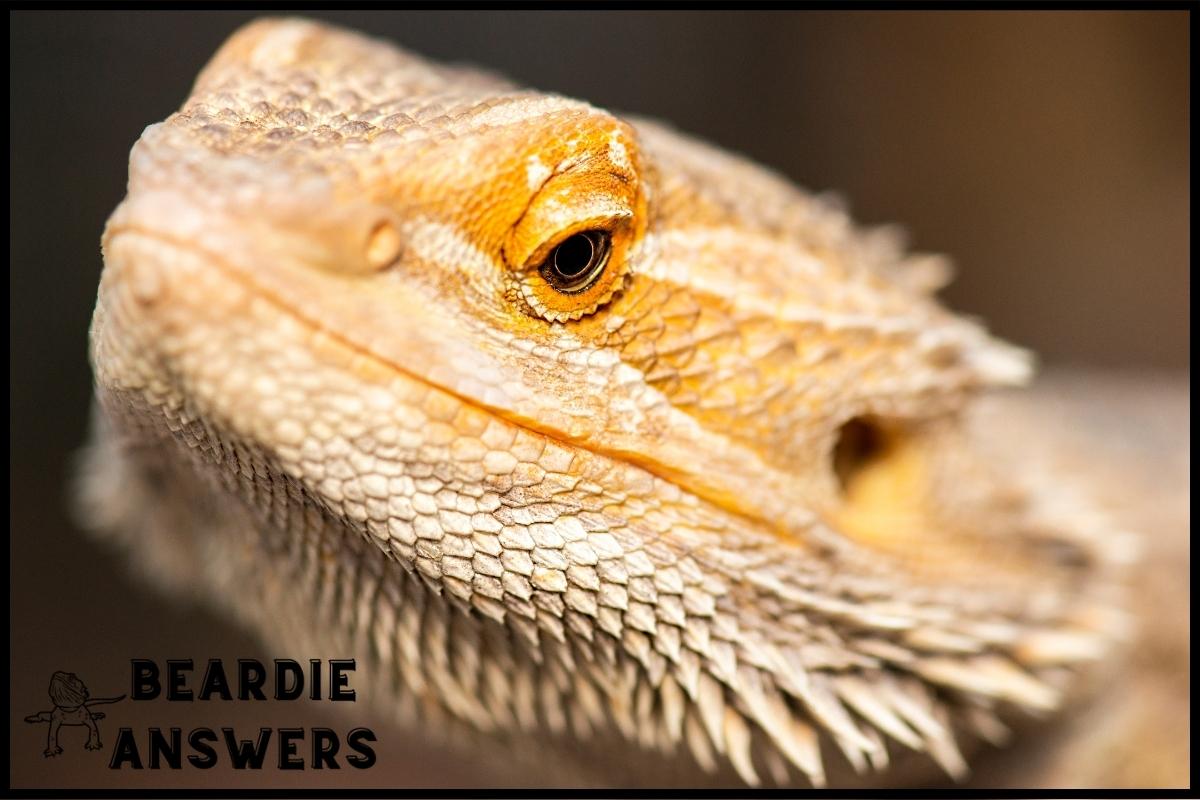When it comes to how long you should let your bearded dragon free roam, it really depends on the age of your dragon and the environment in which it is roaming. Generally speaking, younger dragons should have shorter free roam times as they tire easily. Depending on your bearded dragons age and personality, you can let them roam for anywhere from twenty minutes to an hour at a time.
It is important to keep an eye out for signs of stress or fatigue in your dragon and make sure that the temperature of the room is suitable for them. You should consider the size of the space available, potential hazards, and the time of day before letting your bearded dragon free roam.
What You'll Learn
Factors That Determine Length of Roaming Time
Age of the Bearded Dragon
The age of your bearded dragon is a major factor to consider when free roaming. Baby beardies require shorter free-roaming times, while adults can be allowed to roam for up to an hour.
When starting out, let your baby beardie roam for 15 minutes per day, gradually increasing the time as they get more comfortable and confident.
Make sure to keep an eye on your beardie, as they may tire easily and need to take breaks in between roaming.
Temperature of the Room
Temperature is also an important factor when considering free roaming for bearded dragons. The room should be kept at the optimal temperature for your pet – between 80-85 degrees Fahrenheit during the day and 72-80 degrees Fahrenheit at night.
Be sure to monitor the temperature closely, as too much heat or cold can lead to health issues. If you’re unsure of the temperature in the room, it’s best to invest in a thermometer to ensure your pet is kept at a comfortable temperature.
Signs of Stress or Fatigue
Keep an eye out for signs of stress or fatigue when allowing your bearded dragon to free roam. If your dragon starts to appear stressed or moves slowly, it is best to place them back in their enclosure.
You should also make sure that the temperature of the room is moderate, as being in a too hot or too cold environment can be taxing on your bearded dragon.
Your beardie should not exposed to direct sunlight for more than 10 minutes per day.
Considerations Before Letting a Bearded Dragon Free Roam
Before you let your bearded dragon free roam, there are some considerations to keep in mind. It is important to consider the size of the space available and potential hazards that could be present.
Free roaming should normally only take place during the day when there is adequate supervision. It is also important to set limits and boundaries, provide hiding spots and climbing branches, and avoid carpeted rooms. Breaks in between free roaming should also be taken into account.
By following these steps and guidelines, you can ensure that your bearded dragon has a safe and enjoyable free roaming experience.
Size of Space Available
Bearded dragons are robust-looking lizards that can grow to around 45cm, including their long tail, so they need enough space to move around.
A 120cm long x 60cm high x 60cm wide tank is considered an appropriate size for a single bearded dragon. If you have multiple adult dragons, you’ll need a larger enclosure.
It’s best to avoid carpeted rooms as the fibers may become stuck in the bearded dragon’s claws and can cause health problems if ingested.
Potential Hazards
When considering letting your bearded dragon free roam, it is important to consider the potential hazards of the space. Make sure the room is free of any potential dangers that could cause harm to your pet.
This includes (but is not limited to) small objects, electrical cords, and any other items they could potentially ingest. The room must be free of any pets that could cause harm to your bearded dragon.
Time of Day
The time of day you choose to let your bearded dragon free roam is also very important. It’s best to do it during the day, when they are more active, rather than at night, as they tend to be more sluggish.
This also allows you to monitor their activity and make sure they aren’t getting stressed out or too tired. Your beardie should be getting enough light from full-spectrum bulbs if you plan on letting them out for long periods of time.
Ensuring Adequate Supervision
It is essential to make sure you are able to supervise your bearded dragon at all times when it is roaming freely. This means that you should not leave the room or house for too long, and that you should check up on them regularly.
If you are unable to supervise, then it is best to keep your bearded dragon in its tank or enclosure. You may also want to set a timer to remind yourself to check on your beardie every few minutes.
It’s a good idea to have someone nearby who can watch your pet while you’re away.
Set Limits and Boundaries
Depending on the age of the dragon, the size of the room, and the time of day, you may want to restrict the area where your dragon can explore.
This will help you better manage the risk of potential hazards, such as open windows or dangerous objects that may be in the room.
It is important to ensure that your dragon cannot escape if they venture too far away. Setting boundaries helps keep your dragon safe by giving them a designated area to roam in and ensuring that they stay within a designated area.
Provide Hiding Spots and Climbing Branches
Your bearded dragon would love to have hiding spots and branches to climb. This helps them to feel safe and secure, as well as providing them with opportunities for exercise.
Branches, rocks, and logs should be placed in their environment in order to provide them with places to explore. If you are using a live plant, make sure it is a safe one for your bearded dragon.
It is also a good idea to provide your dragon with a shallow bowl of water when they are outside of their cage. This will help keep them hydrated and prevent them from becoming overheated.
Avoid Carpeted Rooms
Carpets can be difficult for a bearded dragon to navigate, as their claws can easily get stuck in the fibers. This can cause injury and can also lead to the dragon becoming scared and stressed. Carpets are often full of dust, which can irritate a bearded dragon’s respiratory system. Instead, opt for hardwood floors or tile when allowing your beardie to roam outside of its enclosure.
Breaks in Between Free Roaming
It is important to remember that too much free roaming can be stressful for the bearded dragon. That’s why breaks are required in between free roaming sessions.
To do this, you can have scheduled times where you take your bearded dragon out of its enclosure and let it explore for a few hours before returning it to its home.
During these breaks, it is important to closely monitor your beardie and take breaks frequently if you notice any signs of stress or fatigue.
Taking breaks in between free roaming sessions can help ensure that your bearded dragon is comfortable and not over-stressed.
Key Points
- Free roaming is an important part of a bearded dragon’s lifestyle. It allows them to explore, exercise, and even socialize with other animals in the home.
- Generally, you should let your bearded dragon free roam for 20-60 minutes at a time. However, the amount of time you let your bearded dragon free roam depends on their age, size, and health.
- Make sure that the area is safe and warm enough for your bearded dragon and always be prepared to step in and put them back in their enclosure if needed.

Hi! My name is Bryan, I am the “one behind the words” here are BeardieAnswers.com. I believe that providing quality care and nutrition is the best way to ensure the health of your pet. Every beardie is special and deserves the best care and attention. If you have questions about your bearded dragon, please don’t hesitate to ask! View My Full Author Page




